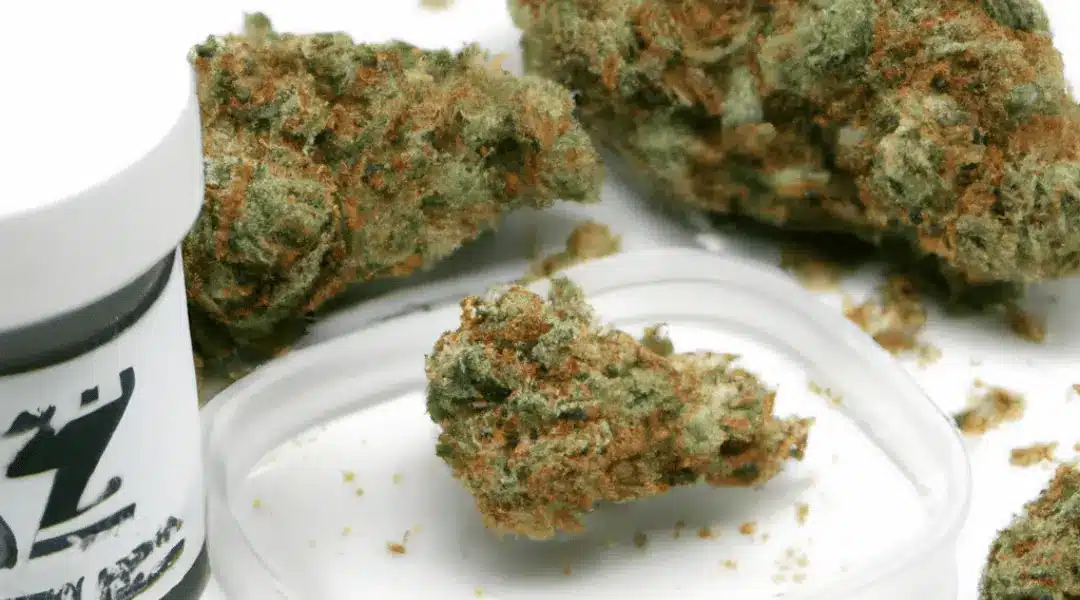Gorilla Glue is a versatile adhesive that can bond almost any material, including wood, metal, glass, and plastic. However, there are certain materials that Gorilla Glue doesn’t stick to, and it’s important to know what these are before attempting to use this adhesive.
Let’s dive into this peculiar topic and uncover the taste, health risks, and even unique uses of glue beyond its intended purpose.
This blog post will provide a comprehensive list of materials that Gorilla Glue doesn’t stick to and explain why this adhesive is not effective on these surfaces.
Which Surfaces Will Gorilla Glue Not Stick To?

Smooth surfaces
Gorilla Glue is not recommended for use on smooth surfaces such as glass, polished stone, and metals. The reason for this is that the adhesive requires a porous surface to bond effectively. On smooth surfaces, the glue will not be able to penetrate the material, resulting in a weak bond.
If you need to bond smooth surfaces, it’s best to use a specialized adhesive that is designed for this purpose.
Does Gorilla Glue Work on Plastic
Alternatively, you can roughen up the surface with sandpaper before applying Gorilla Glue. This will create tiny grooves in the material that will allow the glue to penetrate and bond effectively.
Gorilla Glue does not bond well to polyethylene and polypropylene plastics. These materials are commonly used in packaging and household items such as plastic bags, milk jugs, and toys.
Gorilla Glue cannot bond with non-porous materials like polyethylene and polypropylene. Use specialized adhesives for bonding these materials.
Silicone
Gorilla Glue does not bond well to silicone. Silicone is a flexible material that is commonly used in sealants, caulking, and gaskets. The reason for this is that silicone contains oils and other chemicals that can interfere with the bonding process.
If you need to bond silicone, it’s best to use a specialized adhesive that is designed for use on this material. Alternatively, you can roughen up the surface with sandpaper before applying Gorilla Glue to improve the bond.
Can I Use Gorilla Tape as Electrical Tape?
Teflon
Gorilla Glue does not bond well to Teflon. Teflon is a non-stick material that is commonly used in cookware, plumbing, and industrial applications. The reason for this is that Teflon is chemically inert and has a very low surface energy, which means that it’s difficult for any adhesive to bond to it.
If you need to bond Teflon, it’s best to use a specialized adhesive that is designed for this purpose. Alternatively, you can roughen up the surface with sandpaper before applying Gorilla Glue to improve the bond.
Wet surfaces
Gorilla Glue does not bond well to wet surfaces. The adhesive requires moisture to activate and cure, but too much moisture can interfere with the bonding process. If the surface is too wet, the glue will not be able to penetrate the material and create a strong bond.
How Long Does Gorilla Glue Take to Dry
If you need to bond a wet surface, it’s best to dry it thoroughly before applying Gorilla Glue. Alternatively, you can use a specialized adhesive that is designed for use on wet surfaces.
High-density polyethylene
Gorilla Glue does not bond well to high-density polyethylene. This material is commonly used in milk jugs, detergent bottles, and other household items. The reason for this is that high-density polyethylene is a non-porous material that is difficult for any adhesive to bond to.
If you need to bond high-density polyethylene, it’s best to use a specialized adhesive that is designed for use on this material.
Rubber
Gorilla Glue does not bond well to rubber. Rubber is a flexible material that is commonly used in automotive applications, footwear, and household items such as gloves and toys. The reason for this is that rubber contains oils and other chemicals that can interfere with the bonding process.
What Does Gorilla Glue Work On?
If you need to bond rubber, it’s best to use a specialized adhesive that is designed for use on this material. Alternatively, you can roughen up the surface with sandpaper before applying Gorilla Glue to improve the bond.
If you need to bond rubber, it’s best to use a specialized adhesive that is designed for use on this material. Alternatively, you can roughen up the surface with sandpaper before applying Gorilla Glue to improve the bond.
Polystyrene foam
Gorilla Glue does not bond well to polystyrene foam. This material is commonly used in packaging and insulation. The reason for this is that polystyrene foam is a closed-cell material that is difficult for any adhesive to bond to.
If you need to bond polystyrene foam, it’s best to use a specialized adhesive that is designed for use on this material.
Conclusion
Gorilla Glue is a versatile adhesive that can bond almost any material, but there are certain materials that it doesn’t stick to. By understanding the limitations of this adhesive, you can ensure that you choose the right adhesive for your project.
If you need to bond materials that Gorilla Glue doesn’t stick to, it’s best to use a specialized adhesive that is designed for use on that material. Alternatively, you can roughen up the surface with sandpaper before applying Gorilla Glue to improve the bond.
Thank you for reading this blog post on what Gorilla Glue doesn’t stick to. We hope that you found this information helpful and informative.